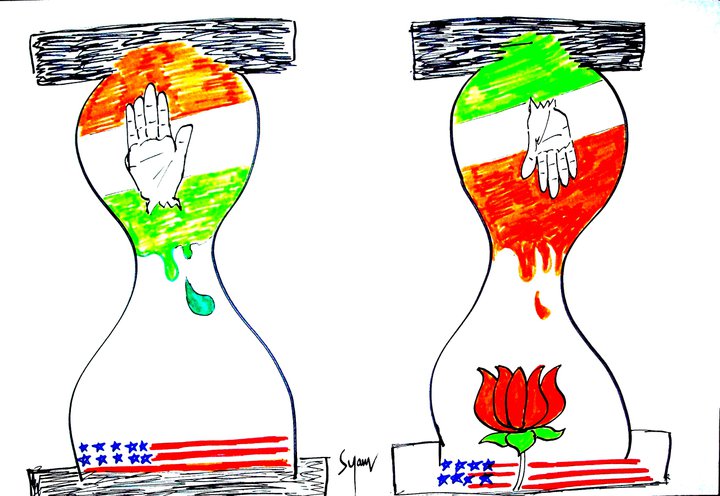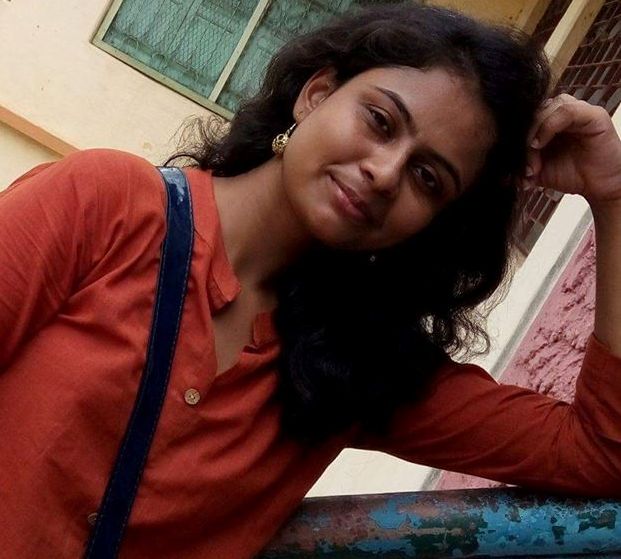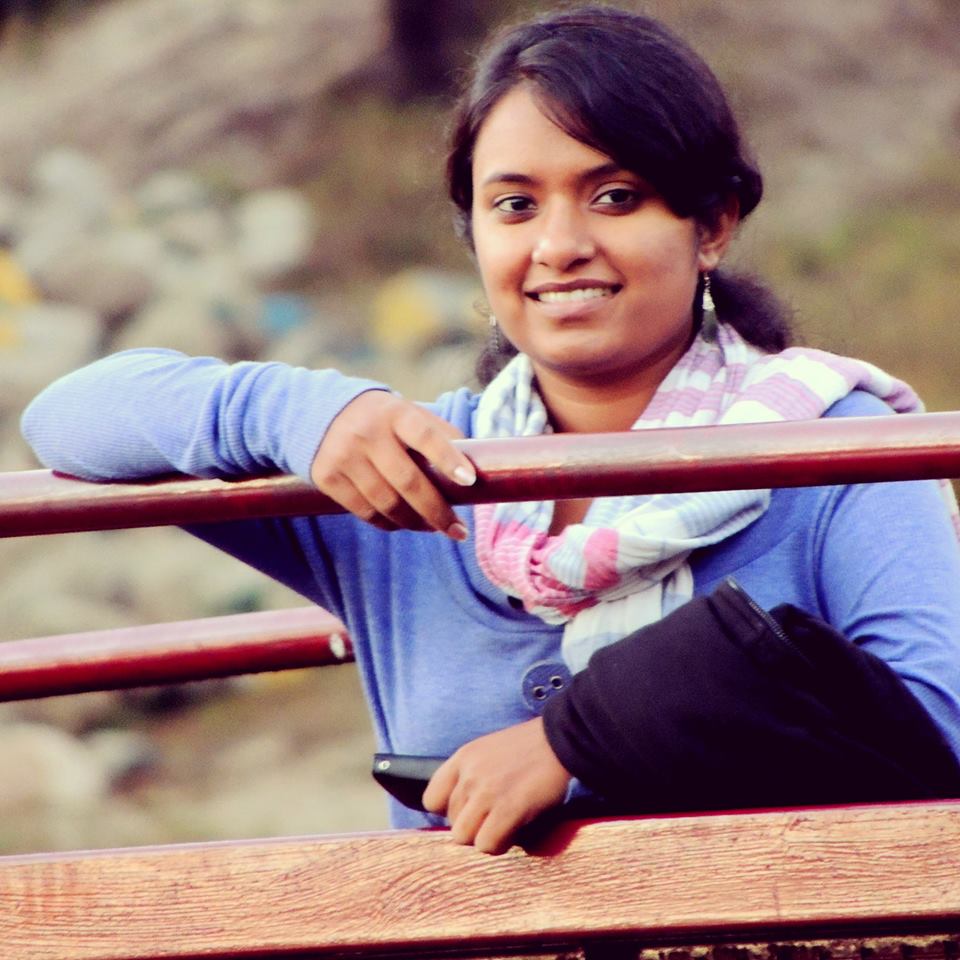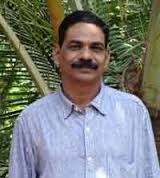Dr. N. Sukumar
[The author mailed this article to The Hindu newspaper in order to continue the dialogue on the Dalit Movement as the argument first appeared in this paper. Unfortunately, even after forty eight hours, there was no response from the paper. Obviously, only ‘certain’ ideas are entertained as ‘meritorious’ by our ‘progressive’ newspapers.]
This article is to continue the debate on the Dalit Movement. Any person with an iota of involvement in social movements would realize that any movement does not proceed in a linear fashion. It is characterized by crests and troughs but the core idea sustaining the movement would continue to inspire its adherents. Similarly, the Dalit movement is heterogeneous and any ideological shift should not be construed as the failure of the entire movement.

More than a decade ago, Jan Breman articulated the idea of Social Darwinism, whereby the Hindutva forces utilized the Dalits as foot soldiers in their pogroms against Muslims. The modus operandi was initialized in Gujarat, then Kandhmal and now the process is gradually unfolding in Uttar Pradesh. Before jumping to conclusions and denigrating the lack of ‘agency’ on the part of the Dalits one needs to ponder as to why such a situation developed in the first place.
If one were to map the terrain wherein Dalits are seen as ‘willingly’ endorsing the Hindutva agenda these are the sites where historically, there has been a lack of Dalit ideological mobilization. The first case- Gujarat- the social locale is barren as far as any ‘progressive’ movement is concerned. Any enunciation of the discourse of rights is done by NGOs. There is virtually no Left forces, no Dalit consciousness, the Congress is electorally decimated, no trade unions, no feminist movement in terms of its organizational ‘political presence’. An average Dalit is linked socially, economically, religiously and politically with their caste superiors. This reflects the failure of the alternative progressive paradigm which is unable to free itself from its Brahmanical governmentalities.
In Kandhamal, the Dalits and tribals were set against each other to perpetuate the Hindutva beliefs. Even the radical Left exploits the tribal and Dalit ideological labour to usher in a revolution. In Uttar Pradesh, Mayawati’s government was successful in curbing the communal forces and ensuring a sense of security to the average Muslims and Dalits. This begs the question as to why Dalits were not used to wage war against the Muslims in the former scenario and currently, they are being vilified. No one is suggesting that there are no contradictions within the Dalit habitus but to be dismissive of the entire movement smacks of dubious intentions. The vote share of the BSP in the 2014 general elections was the third largest in the country but unfortunately did not translate into actual seats, an irony of our electoral politics. With his prescience, Ambedkar argued for proportional representation before the Southborough Committee to ensure social justice for the marginalized groups including Dalits and religious minorities. In the present scenario, this is also applicable for women who are demanding reservation of seats in the legislatures.
If an upper caste individual votes for the BJP, it is considered as a vote for ‘progress’ and ‘development’. If I were to argue as a middle class Dalit settled in the nation’s capital (a beneficiary of the affirmative policy without which I would have been condemned to salute my social superiors in the village), and hypothetically voted for the BJP, does this imply that ‘annihilation of caste’ is meaningless for me? Is annihilating caste, the sole prerogative of the Dalits? If so, why is it that all the parties, across the political spectrum, from the Congress, the Left, the Right – everyone is rushing to embrace Ambedkar and the Dalits?
The political theatre is dominated by the Brahmanical forces that are adept in the politics of accommodation. In the current JNU student union elections, a Left party has chosen a Dalit to be its presidential candidate. Similarly, the ABVP has fielded a Muslim for the same post. Similar patterns can be traced in student union elections in Hyderabad Central University. The RSS (Manifesto for the UP by-election) has endorsed the reservation policy but obviously, Dalit Christians and Muslims are outside its purview. Is this not a manifestation of vote bank politics and polarizing Dalit communities on sub-caste issues?
Historically, Dalits have never enjoyed social, political or economic privileges in order to dictate any paradigm shifts leading to identity politics. The caste character of the state is reflected when categories of dalits and mahadalits, malas and madigas, mahars and chamars are reaped for electoral benefits. Needless to say, the Dalits need to be cautious against such attempts to create disunity. The BJP has succeeded in making an OBC as the Prime Minister, leaving the Left parties to slumber in its bhadralok environs. The Left needs to interrogate as to why despite its progressive agenda, it has slumped to its worst electoral defeat. They accept the reality of caste in India, albeit in a woolly headed manner.

One swallow does not a summer make! Just by focusing on the dalits who have become billionaires to argue that all Dalits are in the neo-liberal trap is a far-fetched argument. By the same token, one can argue that Azim Premji is proof that all the Muslims in India are economically and socially prosperous. If that was the case, is the Sachar Committee a colossal waste of the tax payers’ money? A few prominent dalits have joined the BJP and are enjoying the spoils of power. One can discern such individuals also among the Muslims who have joined the BJP for pecuniary gains. This move cannot be read as a rightward shift in Dalit and minority politics.
Recently, 200 Bahujan intellectuals across the country deliberated at the Indo-Islamic Cultural Centre in Delhi, on the ideological strategies of containing the politics of hatred and accommodation and envisioning Ambedkarism as a counter to Hindutva. A visit to Deekshabhumi (Maharashtra) or Prerna Sthal (Uttar Pradesh), Tank Bund (Hyderabad) to name a few revered sites for Ambedkarites would reveal the hunger, the yearning, the quest and the passion to reclaim the rights which Babasaheb promised and the average citizen struggles to locate in the ‘Idea of India’. A united socio-political response by the people on the margins, Dalits, tribals, Christians, Muslims, women and ethnic minorities is the only bulwark against a fundamentalist vision of society.
~~~
Dr. N. Sukumar teaches Political Science at Delhi University.
Cartoons by Unnamati Syama Sundar.










